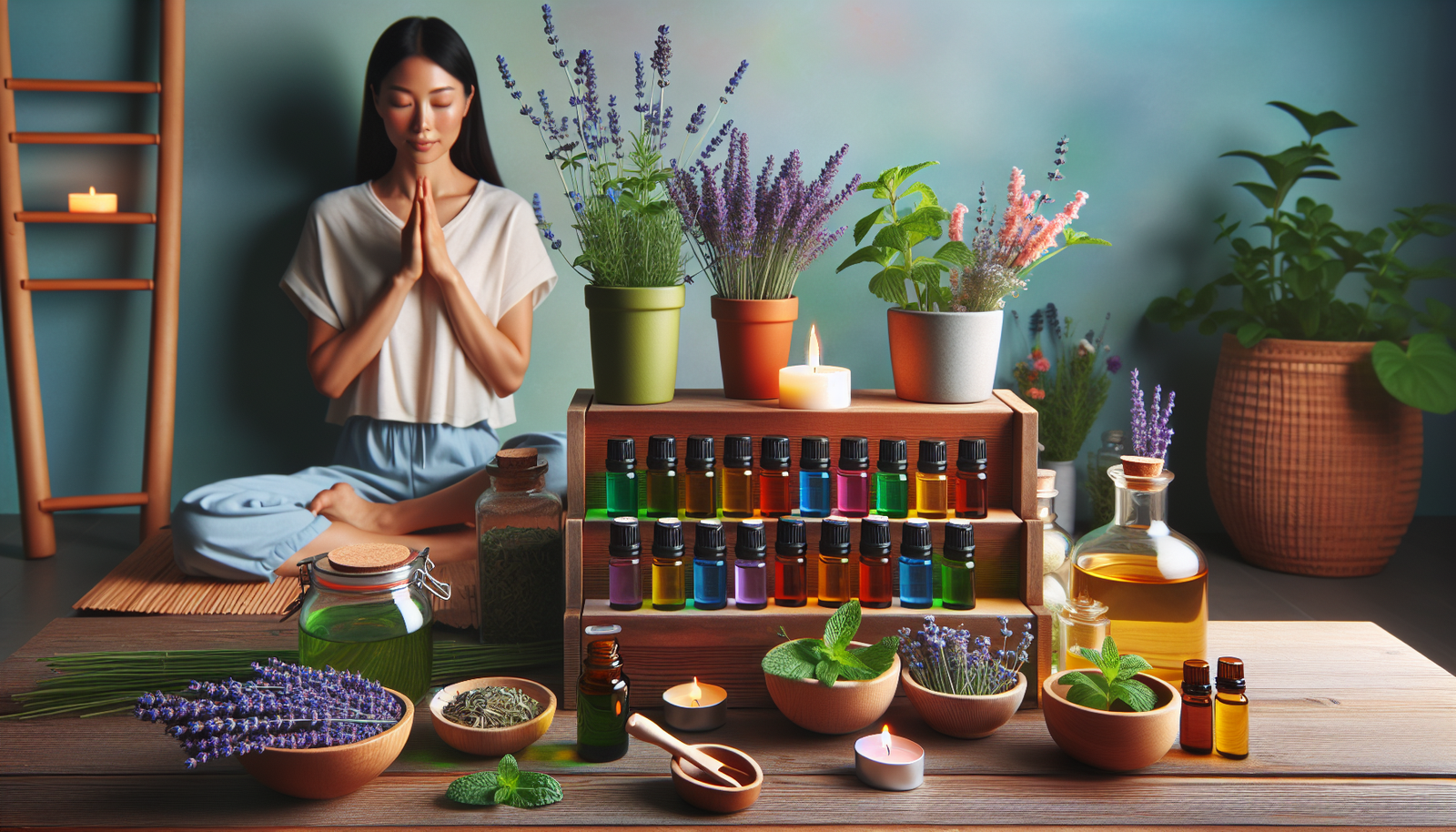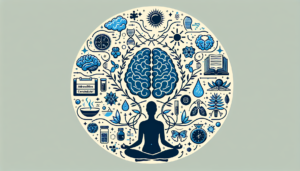Aromatherapy: Scenting Your Way to Relaxation
Understanding Aromatherapy
Aromatherapy is a holistic healing practice that utilizes natural plant extracts, commonly known as essential oils, for therapeutic benefits. This technique has transcended its traditional use, gaining popular attention in modern wellness practices. The key aspect of aromatherapy is the idea that scent has a powerful influence on mood, emotions, and even physical health. Various cultures have recognized the healing properties of specific scents for thousands of years, incorporating them into rituals, medicine, and wellness programs.
The Science Behind Aromatherapy
Essential Oils and Their Extraction
Essential oils are concentrated hydrophobic liquids that contain volatile chemical compounds from plants. They are extracted through various methods, including steam distillation, cold pressing, and solvent extraction. The quality and purity of essential oils can vary significantly; thus, selecting oils that are 100% pure and derived from organic sources is important for therapeutic applications.
How Aromatherapy Works
The primary mechanism by which aromatherapy influences human health involves the olfactory system. When aromatic molecules from essential oils are inhaled, they reach the olfactory receptors in the nasal cavity, leading to signals being sent to the limbic system, the part of the brain that deals with emotions and memories. This connection explains why specific scents can evoke profound emotional responses.
Research indicates that aromatherapy may have several physiological effects, including altering heart rate, blood pressure, and cortisol levels (the stress hormone). For instance, lavender oil has been extensively studied and shown to have calming effects and is commonly used for anxiety and sleep issues.
Popular Essential Oils for Aromatherapy
-
Lavender
- Benefits: Renowned for its calming and soothing properties. Lavender is often used to reduce stress and anxiety, aid sleep, and enhance overall relaxation.
- Method of Use: Diffusion, topical application (diluted), bath soaks.
-
Peppermint
- Benefits: An invigorating scent known to enhance alertness, boost energy, and aid digestion. Peppermint can also help relieve headaches and sinus congestion.
- Method of Use: Inhalation, topical application (diluted), and massage oils.
-
Eucalyptus
- Benefits: Known for its respiratory benefits, eucalyptus oil can assist with clearing nasal passages and has antibacterial properties. It’s commonly used in conjunction with cold and flu treatments.
- Method of Use: Steam inhalation, diffuser, topical application (diluted).
-
Lemon
- Benefits: This uplifting and refreshing oil is known for its energizing properties. Lemon can enhance mood, promote concentration, and even boost immune function.
- Method of Use: Diffuser, inhalation, and cleaning products.
-
Chamomile
- Benefits: Widely known for its calming properties, chamomile can help reduce anxiety and stress. It is also beneficial for digestive issues.
- Method of Use: Aromatic inhalation, topical use (diluted), and tea infusion.
- Frankincense
- Benefits: With a rich history in spiritual practices, frankincense is often used for meditation. It helps reduce feelings of overwhelm and promotes relaxation.
- Method of Use: Diffusion, direct inhalation, skin application (diluted).
Methods of Application
Diffusion
Diffusion is one of the most common methods of using essential oils. This method involves dispersing the oil into the air, allowing you to inhale the aroma. Diffusers come in various types including ultrasonic, nebulizing, and heat diffusers. Each type varies in how it disperses oil, allowing users to choose according to preference and environmental conditions.
Topical Application
Essential oils can also be applied directly to the skin, but it’s critical to dilute them with a carrier oil to avoid irritation. Common carrier oils include coconut, jojoba, and sweet almond oil. Topical application may help with localized issues, such as muscle soreness, headaches, or skin conditions.
Inhalation
Inhalation is a simple and effective way to experience the benefits of aromatherapy. Users can place a few drops of essential oil on a tissue or cotton ball and inhale deeply. This method is useful for on-the-go relief or when a diffuser is not available.
Bathing
Aromatherapy baths combine the soothing effects of warm water and essential oils. Adding several drops of essential oil to your bath can significantly enhance relaxation and alleviate tension. Again, follow this with a carrier oil to protect the skin from irritation.
Safety Precautions in Aromatherapy
While aromatherapy is generally safe, certain precautions should be taken to avoid adverse effects:
-
Dilution: Always dilute essential oils with a carrier oil before applying them to the skin to prevent irritation.
-
Quality: Use high-quality, pure essential oils. Adulterated or synthetic oils may not provide the desired therapeutic effects and can sometimes even be harmful.
-
Allergies: Conduct a patch test on a small area of skin before widespread use to ensure no allergic reactions occur.
-
Pregnancy and Lactation: Certain oils may not be safe during pregnancy or lactation. Always consult with a healthcare provider before use.
- Health Conditions: Individuals with asthma or other respiratory issues should exercise caution and consult with a healthcare professional before using essential oils, especially eucalyptus and peppermint.
Integrating Aromatherapy into Daily Life
Creating a Home Spa
Setting aside time for a home spa experience can be an excellent way to integrate aromatherapy into your life. Consider adding essential oils to your bath, using them in massage oils, or employing a diffuser with calming scents in the evening. The ambiance created by soothing sounds and dim lighting can further enhance relaxation.
Aromatherapy for Stress Management
Incorporate aromatherapy into your daily routine to manage stress and promote relaxation. Using lavender or chamomile oils in your workspace can create a calming atmosphere. Utilizing a personal inhaler with essential oils for on-the-go stress relief can also be beneficial.
Enhancing Meditation and Yoga
Aromatherapy can deepen your meditation practice or yoga session. Scented candles or essential oil diffusers with grounding scents, like sandalwood or frankincense, can enhance focus and tranquility. Additionally, applying oils like peppermint to the temples can invigorate the mind during practice.
Aromatherapy and Emotional Well-being
Essential oils can significantly influence emotional health owing to their direct connection to the limbic system. Various studies highlight how particular scents can help manage anxiety, depression, and other mood disorders. For example, the uplifting scent of bergamot has shown promise in elevating mood and reducing feelings of stress. Consider regular incorporation of various essential oils into daily rituals and mindfulness practices to attain emotional balance.
The Role of Aromatherapy in Holistic Health
Aromatherapy doesn’t exist in isolation; it complements various other wellness practices such as acupuncture, yoga, and massage therapy. When paired with these modalities, aromatherapy can enhance the benefits of each treatment, creating a synergistic effect that promotes comprehensive well-being.
Conclusion
Aromatherapy offers an accessible way to tap into the power of nature for relaxation, emotional balance, and overall health. By understanding the properties of essential oils, employing safe methods of application, and integrating them thoughtfully into daily life, individuals can create profound shifts in their wellness journey. As the field of aromatherapy continues to grow, ongoing research into its effects promises to reveal even more about these potent natural remedies. By exploring the world of scents, you can cultivate a more serene and balanced life, enhancing overall well-being naturally.








